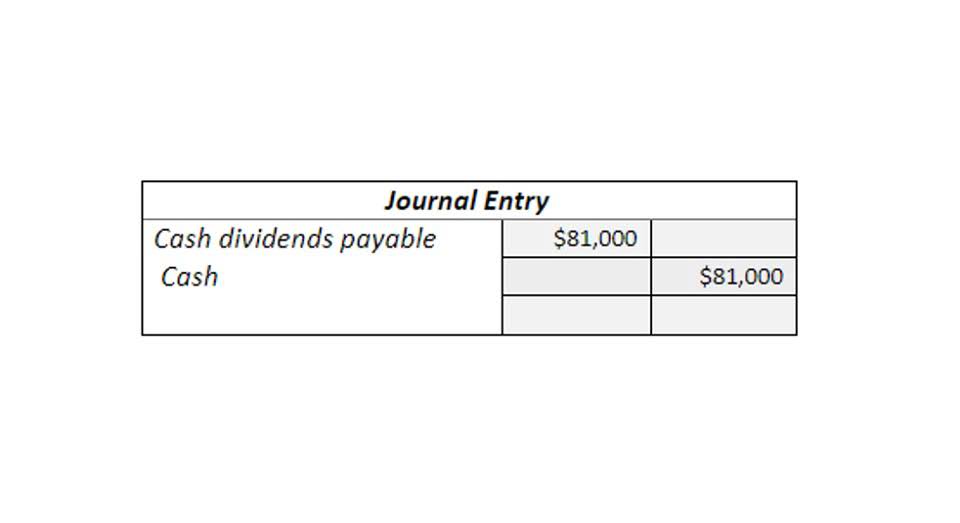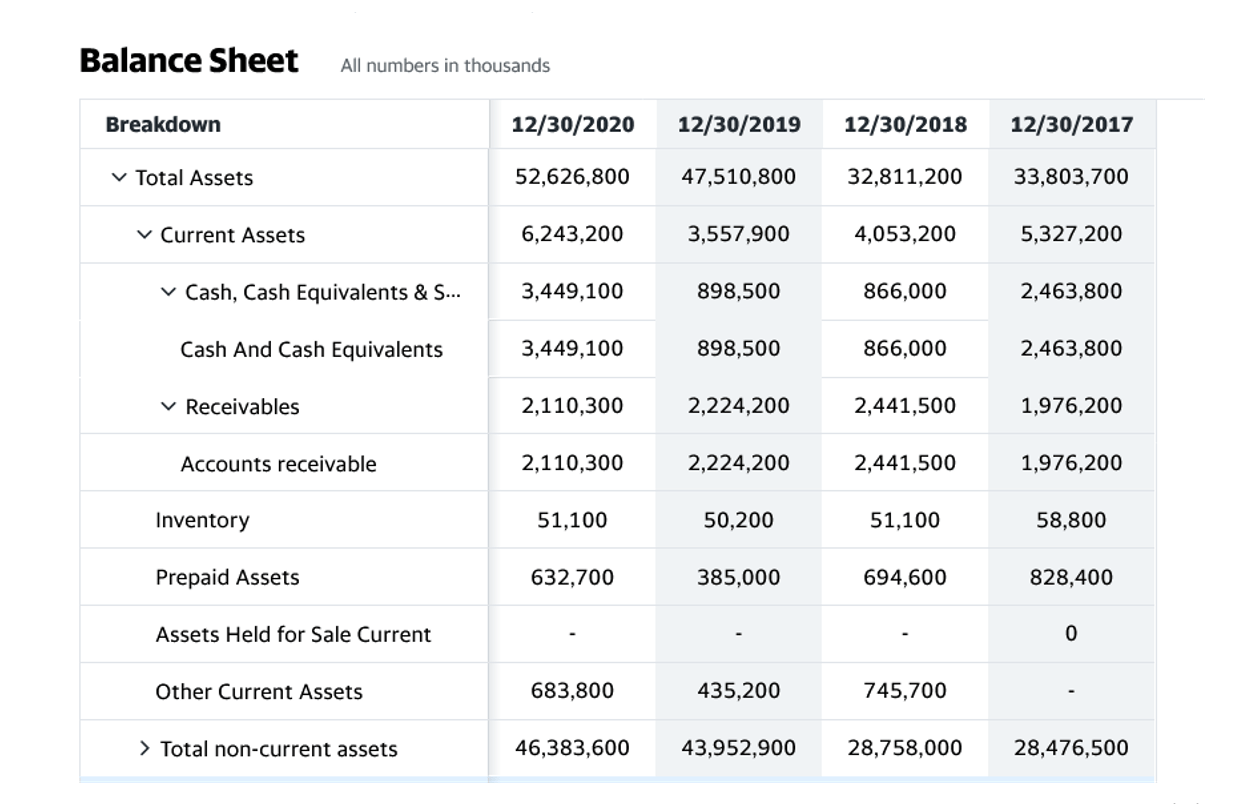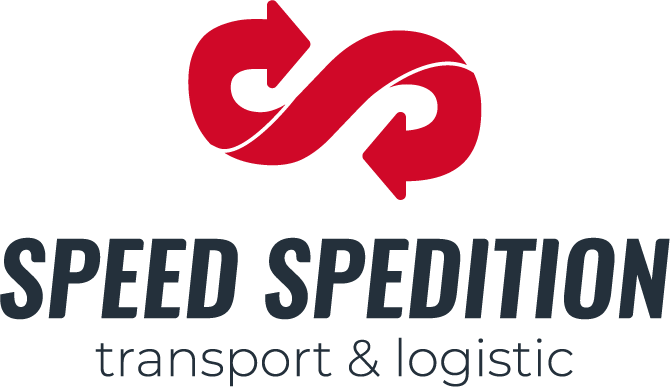
Let us understand the advantages of terminal cash flow equations through the points below. Redtech, a manufacturing company, is considering a new project to manufacture a recyclable product that is made of paper. To begin with this manufacturing process, Redtech has to install a new machine, which is expected to have 5 years of economic life. After that, this machine should become obsolete and be replaced by a newer technology machine.
- If a company is still determining how long something will be useful, they might guess a shorter time and say it’s worth more at the end (higher salvage value) to keep it on their books longer.
- For example, if an asset has an initial cost of $10,000 and an accumulated depreciation of $5,000, its salvage value would be $5,000.
- It represents the estimated value of an asset when it is no longer useful or productive to a company.
- The NPI, a unique 10-digit number assigned by CMS, standardizes provider identification for billing and administrative tasks.
- In the following sections, we will explore the exact meaning of salvage value and delve into its relevance in business operations.
Straight Line Method
The straight-line method is a commonly used approach for calculating depreciation by evenly spreading the decrease in an asset’s value over its useful life until it reaches its salvage value. This method assumes that the asset’s value decreases at a constant rate over time. By considering the after-tax salvage value, businesses can make strategic decisions about whether to sell an asset or continue using it. This calculation helps in evaluating the net benefit of disposing of an asset versus keeping it in https://www.bookstime.com/ operation. Furthermore, salvage value also aids in strategic decision-making related to the potential sale of depreciated assets for parts.

How can I improve the after-tax salvage value of an asset?
Unique assets may not have readily available market comparables, making it difficult to estimate their salvage value. Businesses need to account for these costs in their salvage value estimates to ensure accuracy and compliance with regulations. Environmental and compliance costs are another factor to consider when estimating salvage value.

Depreciable Asset Change Impact

This means that the condition and age of the asset can greatly impact its salvage value. Companies need to consider potential economic scenarios and adjust their estimates accordingly. For example, a company might estimate the salvage value of a machine to be $200k after 5 years.
Company
It spreads the decrease evenly over the asset’s useful life until it reaches its salvage value. The balance sheet shows the net book value of an asset, which is the original cost minus accumulated depreciation, helping stakeholders understand the asset’s current worth. The straight-line method is a way to calculate depreciation by evenly spreading the asset’s cost over its useful life.
The percentage of cost method multiplies the original cost by the salvage value percentage. Investors can use after-tax salvage value calculations to assess the profitability of investments and the potential return on asset sales. Suppose a company spent $1 million purchasing machinery and tools, which are expected to be useful for five years and then be sold for $200k. Each year, the depreciation expense is $10,000 and four years have passed, so the accumulated depreciation to date is $40,000. If the residual value assumption is set as zero, then the depreciation expense each year will be higher, and the tax benefits from depreciation will be fully maximized.
- It refers to the estimated value that an asset will have at the end of its useful life.
- You can check with your tax advisor or consult the applicable tax laws in your jurisdiction to determine the tax rate.
- Depreciation represents a reduction in the asset’s value over time due to wear, tear, and obsolescence.
- Factors such as market conditions, asset condition, selling expenses, and tax rates can all impact the after-tax salvage value of an asset.
- There are alternative methods of calculating depreciation beyond the straight line method.
How to Calculate After Tax Salvage Value: A Complete Guide
Incorporating a robust ERP system like Deskera can significantly enhance how businesses manage and calculate salvage value. Deskera ERP provides comprehensive asset management features that streamline the tracking, depreciation, and eventual disposal of assets. Also integrating an AI mechanism like ERP.AI to your ERP system can make it smarter by enhancing enterprise process, data governance & decision-making. When calculating depreciation, you subtract the salvage value from the initial cost. If the asset is sold for less than its book value then the difference in cost will be recorded as the loss of the tax values. The salvage price of the asset and scrap trial balance value calculation are based on the original price and depreciation rate.
- If the salvage value decreases, depreciation expense will increase, and vice versa.
- Assets subjected to high loads may have reduced salvage values, as the increased stress can lead to premature wear and tear.
- The straight line method is a commonly used depreciation method that’s easy to compute and can be applied to all long-term assets.
- Salvage value refers to the estimated residual value of an asset at the end of its useful life.
- The salvage value has a significant impact on financial metrics used in investment analysis, such as Net Present Value (NPV) and Internal Rate of Return (IRR).
- To appropriately depreciate after tax salvage value formula these assets, the company would depreciate the net of the cost and salvage value over the useful life of the assets.
Understanding After-Tax Salvage Value

The salvage value formula is a crucial tool for businesses and individuals looking to determine the worth of an asset at the end of its useful life. The purpose of computing the net capital spending as described above is to forecast the total cash flows of a project (e.g. operating cash flow, net working capital, and NCS). Inflation affects the real value of money and can impact the salvage value of assets. Currency fluctuations can also impact the salvage value of internationally traded assets. Changes in exchange rates can affect the value of assets in different currencies. Economic factors such as inflation and currency fluctuations can significantly impact salvage value.
Formula: after-tax net cash flows
Net cash flows are different from net income because some expenses are non-cash such as depreciation, etc. Salvage value, also known as residual value or scrap value, is a fundamental concept in accounting and asset management. It refers to the estimated value that an asset will have at the end of its useful life. Understanding how to accurately calculate salvage value is essential for businesses to manage after tax salvage value formula their assets effectively.
